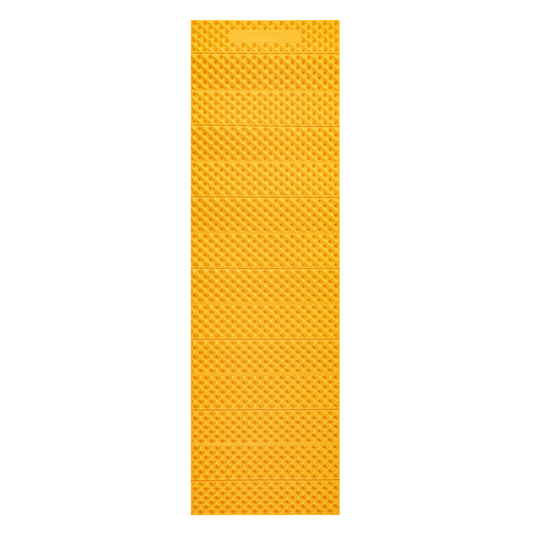Choosing a tent will probably be one of your most important gear-buying decisions. Backpacking tents will often come with a cost-to-weight ratio, and to make matters more complicated, tents come with a variety of designs accustomed to how you would like to spend your nights in the backcountry. From minimalist shelters to large luxurious tents, we’ll try our best to help guide your purchasing decision on a tent.
When choosing the right backpacking tent, consider these factors:
- Capacity: Number of sleepers
- Seasonality: Construction of the tent relative to the forecasted weather conditions
- Weight: Ounces willing to carry/save
- Livability: Interior space, convenience features, and ease of setup
Capacity

Most backpacking tents will range from 1-4 person models and will have their capacity stated within their names. For example, the UL Granite 2P is a 2-person tent.
There’s no industry standard for tent sizes, so it can vary from brand to brand. To save weight, most tents will be sized at the maximum recommended sleeper(s). Always compare floor dimensions and peak height between brands and models.
As a good rule of thumb, if you’re larger than average or simply crave more living space, you may want to look at tent options that are one-person larger than your group.
Seasonality
You’ll have the choice between 3-Season and 4-Season Tents. The popular choice among backpackers are 3-Season Tents. Because conditions will vary for each trip, many hikers tend to own several tents accustomed to their journey.

3-Season Backpacking Tents
Tents built for 3-Seasons will be constructed with the balance of keeping weight low yet durable enough to withstand weather conditions that Fall, Spring, and Summer can entail. When properly setup, 3-season tents can even withstand heavy downpours and light snowfall but are not built to sustain harsh storms, violent winds, or heavy snow.
Characteristics of 3-Season Backpacking tents may include the following:
- Frames are structured with minimal pole setup
- Ample mesh panels to create more airflow
- Lighter and breathable fabrics

4-Season Backpacking Tents
4-season tents are built to withstand fierce winds and snowfall. Most 4-season tents can be characterized to have:
- Less ventilation
- Heavier fabrics
- Robust pole structure
- Steeper walls to avoid collection of snow
- A rainfly that will cover or extend to the ground
Some 4-season tents will be single-walled and no rainfly, which perform better in cold and dry climates.
Backpacking Tent Weight

Your tent will be a huge contributor of your overall backpack weight, which is why Featherstone’s tent designers work hard to design one that is most lightweight, durable, and cost saving. The biggest tradeoff in cutting weight is usually sacrificing living space, features, and durability. Try out our tents, compare against others, and figure out which one is right for you.
Tent Weight Specs
- Packed Weight: This is the weight of all the components and accessories of your tent and likely to be shaven off when preparing for your trail.
- Minimum Trail Weight: This is the weight in which is the bare minimum of what is needed to set up the shelter. It will normally include the tent body, rainfly, and poles.
- Packed Size: This is the amount of space that the tent will take up in a pack and will give you a general consensus to how easy it is to carry.
Most backpackers that are hiking in groups will split up the load of tent to ease the burden.
Minimalist options
For backpackers that are more conscious about weight, most backpacking tents can be set up with just the footprint and rainfly.


(UL Peridot 2P Footprint + Rainfly Setup)
Other minimal options for a shelter can include tarps, hammock tents, "bivy" sacks, and bug shelters.

(Tarp with Hammock)
Livability

Interior Space
Interior space, more often than not, can be hard to judge based off images and specs. It’s best to always test pitch your tent to determine if you’re comfortable sleeping in this tent. Also, question oneself and group’s sanity if they’d be comfortable riding out a storm for hours in the tent. If you’re unable to test pitch one, a good rule of thumb is to analyze the tent’s structure in conjunction with its peak height. Tents with steeper walls will normally have less shoulder room vs. tents with near-vertical side walls which will make the tent feel roomier. The trade-off is roominess and weight-savings.
Convenience Features


Freestanding design: Freestanding tents are usually assembled with poles on all four corners, allowing you to adjust and relocate at your convenience or in case of severe weather conditions. More often, freestanding tents provide more living space than tents that are not and are more structurally designed to withstand strong wind conditions. The downside to a freestanding tent is that it will usually come with added weight due to the number of poles.
Pole hubs: Pole hubs provide an easier setup by taking the guesswork out of assembly. Hubs will lessen the number of poles needed and allow for the walls to be more vertical.
Vestibules: Create storage space for bulkier items that would not fit inside your tent canopy. Most backpackers use this space to store their hiking boots, backpacks, and cooking equipment.
Internal Storage Pockets: Having a gear loft or side pockets allow sleepers to store smaller items, making them easily accessible during the night. Examples are cell phones, books, notepads, glasses, etc.
Clips: Tents that are set up with pole clips offer more ventilation than tents that have sleeves. Some tents also feature clips that connect the rainfly to the tent body, which allow for easier setup but will add extra weight to the tent.
Need further assistance? Feel free to contact our product specialist on Messenger.





